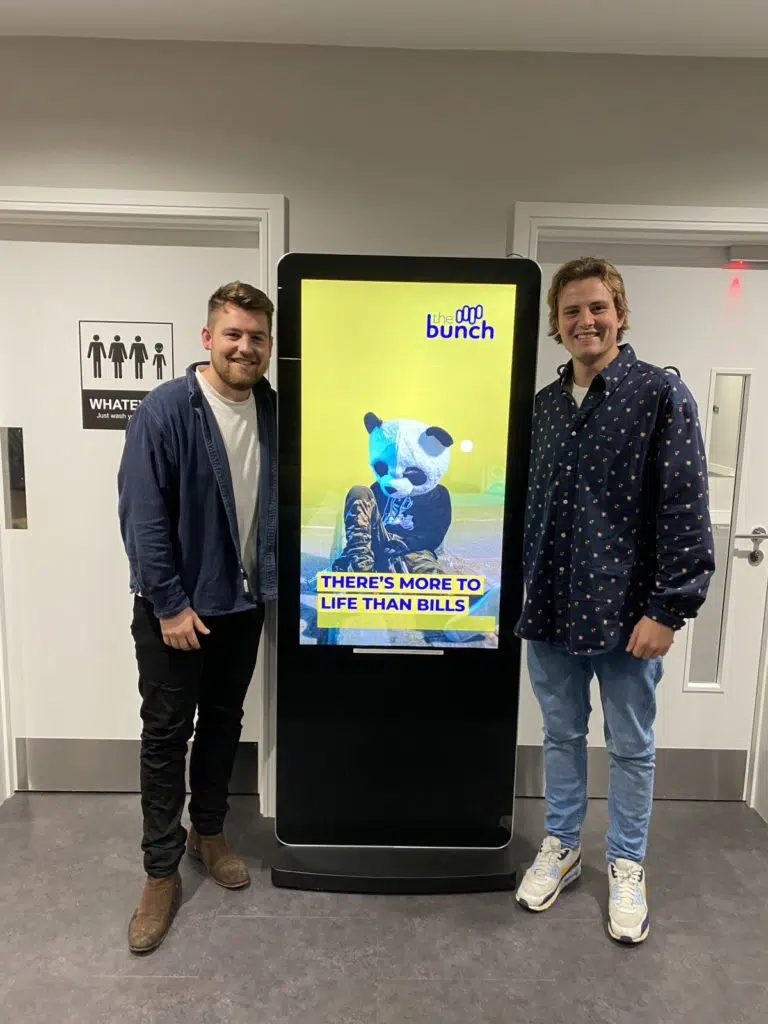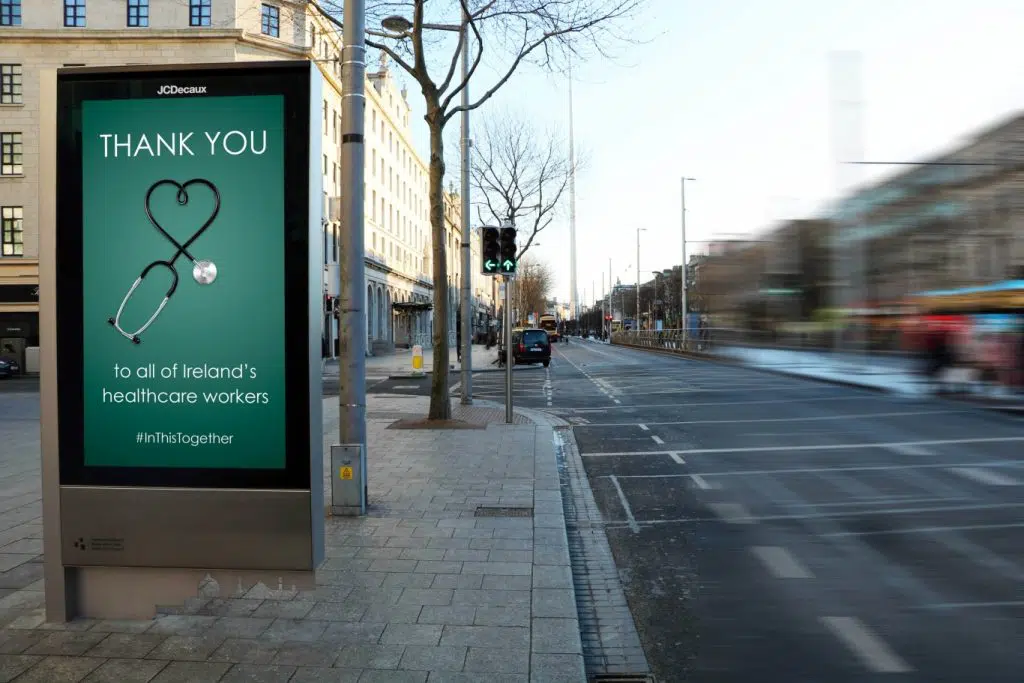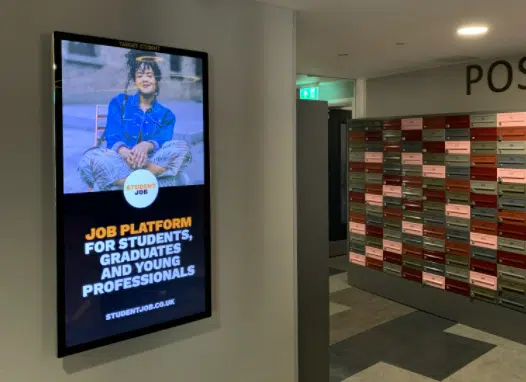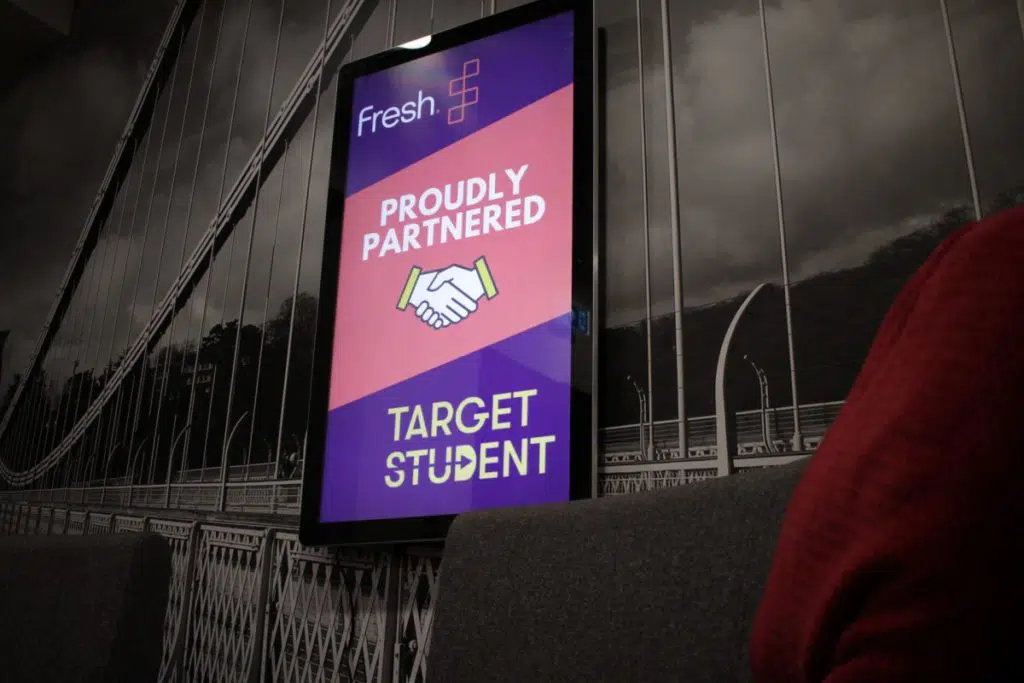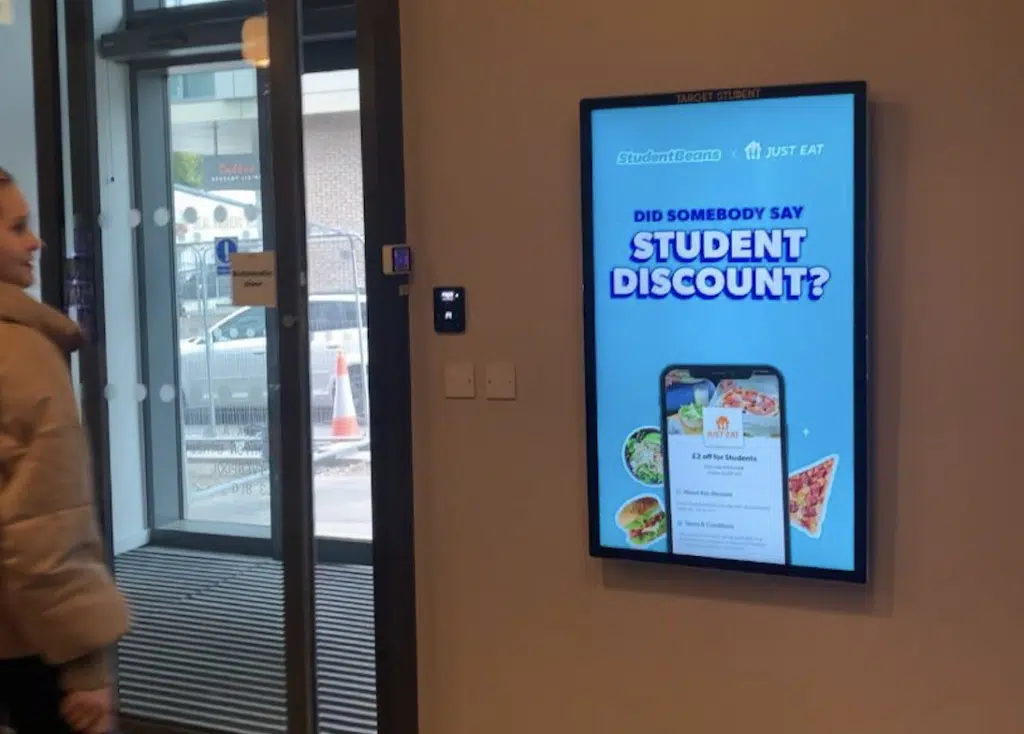More than a Scan.
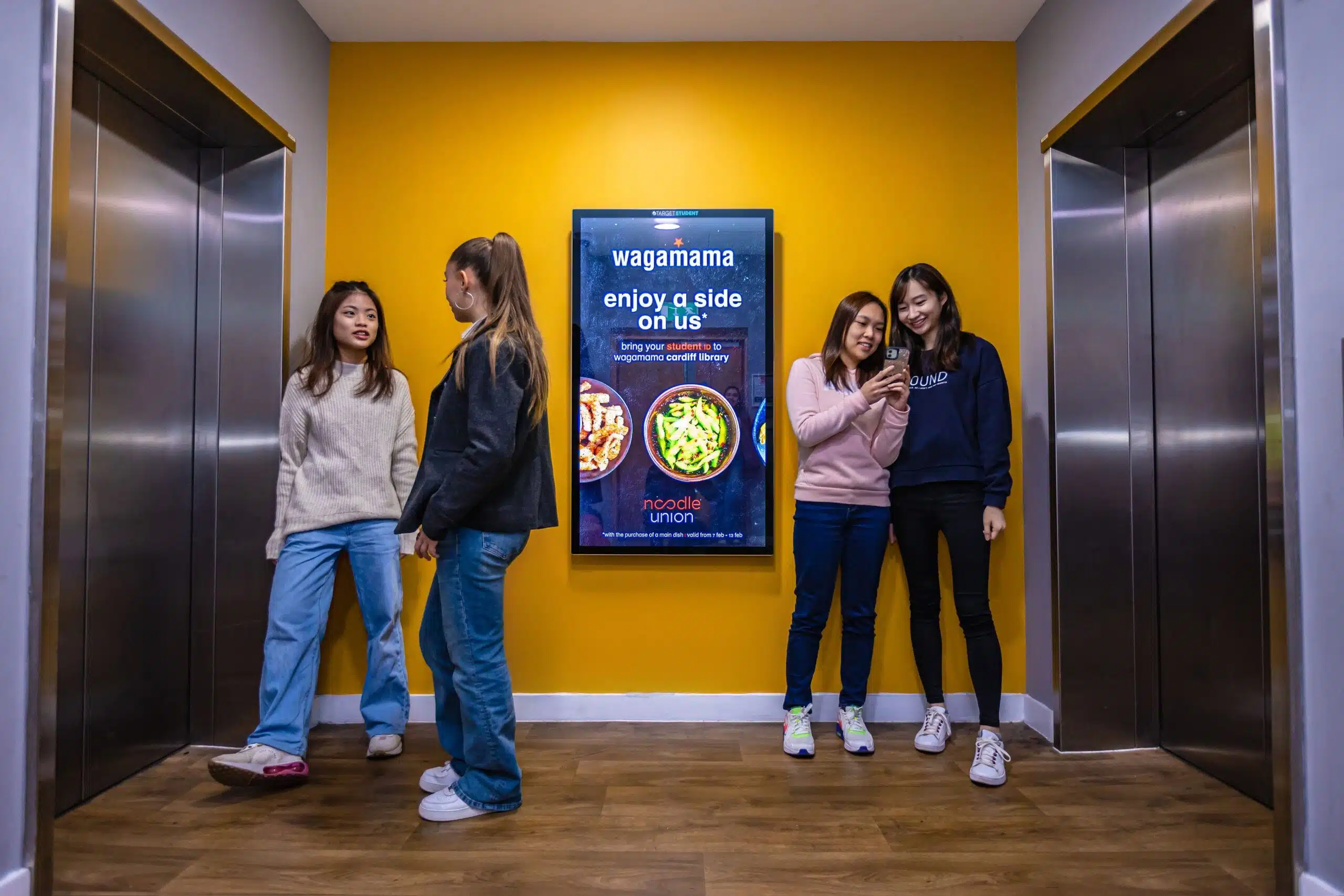
- Andy
In recent years, QR codes have become a popular marketing tool in Out-of-home advertising, with brands using them to bridge the gap between the physical and digital worlds. While this technology may be appealing to some, they’ve not gained much traction with Gen-Z. In fact, according to a survey by Statista, only 11% of Gen-Z consumers scanned a QR code in 2020.
We’ve listed some disadvantages of using QR codes in OOH advertising when targeting Gen-Z:
Lack of Creativity
We’re dealing with a demographic who value authenticity and creativity in advertising, and QR codes? A big turn-off. As a matter of fact, a recent study found that 60% of Gen-Z find them “unappealing or boring” which is why brands should focus more on creativity, rather than ads that are simply promotional.
Inconvenience
Gen-Z wants immediate gratification, and QR codes require them to stop and take the extra time to scan. Additionally, QR codes are not always well-executed, resulting in a frustrating user experience.
Short Attention Span
Gen-Z have shorter attention spans in comparison to other generations, which is why they expect quick and engaging content from OOH. As previously mentioned, QR codes require an extra step, which can be seen as time-consuming.
In our experience, QR codes are only effective when there’s a strong incentive for them to be scanned, along with a clear CTA for the duration of the ad.
Sign up today
Join our newsletter today for updates on Next Genmedia.


